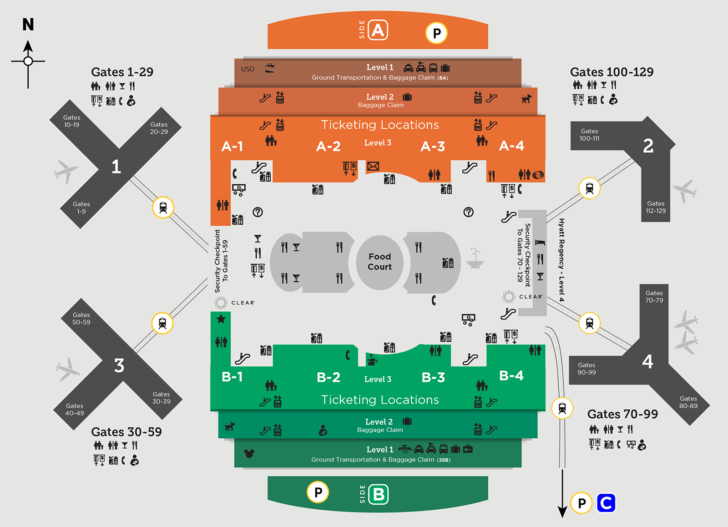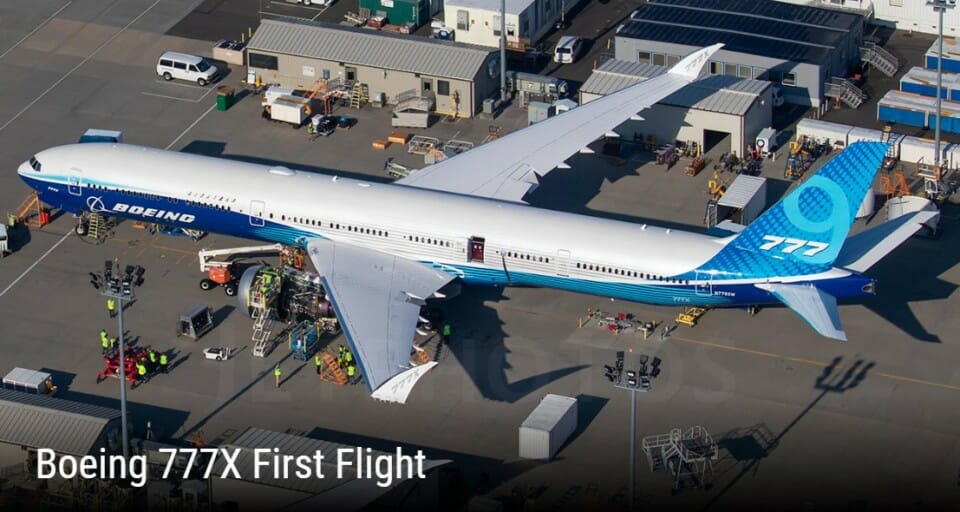Yesterday, I was reminded of how important connection times are and how things can go wrong. My first flight from Portland (PDX) to Seattle (SEA) was delayed by over an hour due to an ATC hold at Seattle. I was able to make my connection to Phoenix (PHX) with just minutes to spare.
How It Used To Be
I can remember that decades ago, flights between major airports in the United States were nonstop flights. Back in those days, connecting flights were used to connect regional airports with major hub airports. Economic recessions forced airlines to create a new business model. Nonstop flights only made sense to the airline accountants if they flew with a high load factor. What about those flights were the load factor was less than a high load factor? This business reality gave birth to the “hub and spoke” network model. Now airlines can take passengers from different origins and load them onto a flight to a common destination. The airlines gave us a new word in our travel vocabulary – connections.
Another reason for taking a connecting flight yesterday was schedule preference. I could have flown non-stop from PDX to PHX but those schedules didn’t work for me.
“Minimum” Or “Legal” Connection Times
Airlines have in their Contract of Carriage (COC) a defined list of minimum connection times. These times can be referred to as minimum connection time or legal connection time. They both mean the same thing and they state what the minimum connection time is for a particular airline. Airlines have calculated the minimum amount of time it will take for you to physically make it to the next gate and to get your checked bags to your connecting aircraft.
There are typically two types of minimum connection times for domestic travel and domestic to international travel. These minimum connection times could be as low as 40 minutes for domestic and an hour for transfer to an international carrier. These minimums are airline-specific so consult your airline’s definition of minimum or legal connection times.
Airline Specific, Interlining and DIY Connections
Airline specific connections are flights that are shown in search results from airline or OTA websites. These results will never show a connection time that doesn’t meet airline standards. If you fail to make a connecting flight from the originating flight, the airline is on the hook to make it right. This goes for your checked bags, if they don’t make the connecting flight, you can expect the airline to arrange for courier delivery of your bags.
My flight yesterday is shown below and it shows a connection time of one hour and 41 minutes. In reality, flight 930 begins boarding 61 minutes after flight 2148 is scheduled to land. This schedule meets Alaska Airline’s connection minimums and they sold me this ticket. This should have been a no-brainer connection if everything had gone right with the originating flight. I’ll come back to this when I talk about when good connections go bad.
Interlining is when carrier A sells you an itinerary that includes flights from Carrier A and Carrier B. These are commonly referred to as codeshare flights. Interlining not only includes a seat on carrier B but it makes Carrier A responsible for transferring your checked bags to Carrier B.
Last July, I took an Alaska Airlines first class award flight from Portland (PDX) to London UK (LRH). My first flight was on Alaska from PDX to Austin TX (AUS). Then there was an international connection at AUS to British Airways. The booking that Alaska gave me was a legal connection (just barely) but it certainly was not adequate if anything went wrong with my flight from PDX. I was really nervous about this flight schedule because I didn’t want to miss my first class award seat on British Airways or have my checked bags not make the connection.
I called Alaska Airlines and explained my concern to them. Even though there were no first class award seats out of PDX that were earlier, they did change my flight for me.
Do it yourself connections is where you create your own schedule of one-way flights to get to point A, Point B, Point C to your ultimate destination. The temptation here is to circumvent the minimum connection requirement by booking one-way flights on separate itineraries. Don’t fall into the trap of trying to reduce your airport wait time by short-changing connection times. If you fail to make a connection, the responsibility to reschedule is on you. If you fail to make your connection, the airline could cancel any remaining segments.
Do Your Homework
Before accepting an itinerary that has one or more connecting flights, do some research on the connecting airport. Look at the terminal map and identify the terminals that will be used for the arrival of your origin flight and departure for your connecting flight. Develop a game plan on just how you will make the connection and how long it will take. Some airports like Orlando have no logical gate numbering convention.

Looking at the MCO terminal map you will see:
- Concourse 1 has gates 1-29
- Concourse 2 has gates 100 – 129
- Concourse 3 has gates 30 – 59
- Concourse 4 has gates 70 – 99
You can’t tell from the gate number which terminal has your connecting gate. To complicate matters more, MCO has Terminals A and B and each terminal connects to two concourses by train adding more transit time.
The next factor that you will need to consider is TSA security screening. In the process of connecting, will you leave one secured area to enter another secured area? If you have to leave the secured area of your arriving terminal you will have to go through TSA security screening to get to your connecting gate. Airport areas are referred to as “landside” and “airside” areas based on the TSA checkpoint. When you leave an airside area and go to landside, you will be required to go through TSA screening to get to your new airside area.
Here would be my questions for connections at Orlando:
- Where is my arrival gate and where is my connecting gate?
- Is my connecting flight in the same concourse as my arrival flight?
- Will I have to take the train to another concourse?
- Will I have to go through TSA security screening to get to my connecting gate?
- If I have to take a train or bus, where are the stops and service intervals?
- How long is all of this going to take?
- Will there be an increase in passengers due to a holiday or special event?
The Unknown Factors
Now that we have figured out the “known” factors, you must consider the unknown factors. Here is a brief and comical explanation of what “unknowns” are:
Everything is going great and then you get hit with an unknown problem. An unknown problem is one that arises during your trip that you might not have any advanced warning or known severity and duration. These “unknown” factors include but are not limited to:
- Weather
- De-icing delays
- Aircraft mechanical problem
- Flight crew delay
- Airport construction hold times
- ATC delays
- No arrival gate immediately available resulting in a prolonged wait on the ramp
- An emergency situation at your originating or connecting airport
- Connecting bus or train issues
Now we will get back to my connecting issue from yesterday. My originating flight was over an hour late departing PDX because Seattle ATC hit us with a ground hold due to runway construction at SEA. My connection time window shrank before ever leaving the ground at PDX. This was an “unknown” issue that I could not predict in advance or have known the severity and duration of the ground hold.
The Window Shade Paradyme
I look at my connecting time as a window shade over a window. When I land at the connecting airport, the window shade is completely open. As time moves on, that window shade is gradually closing. I have to make it to my connecting gate before the window shade is completely closed.
Final Thoughts
Flight connections have become the norm in air travel today. Nobody wants to hang out at an airport any longer than they have to. Making a relaxed connection can be easily accomplished by doing your homework and allowing extra time to make that connection. Beware of the “unknown, unknowns”.







